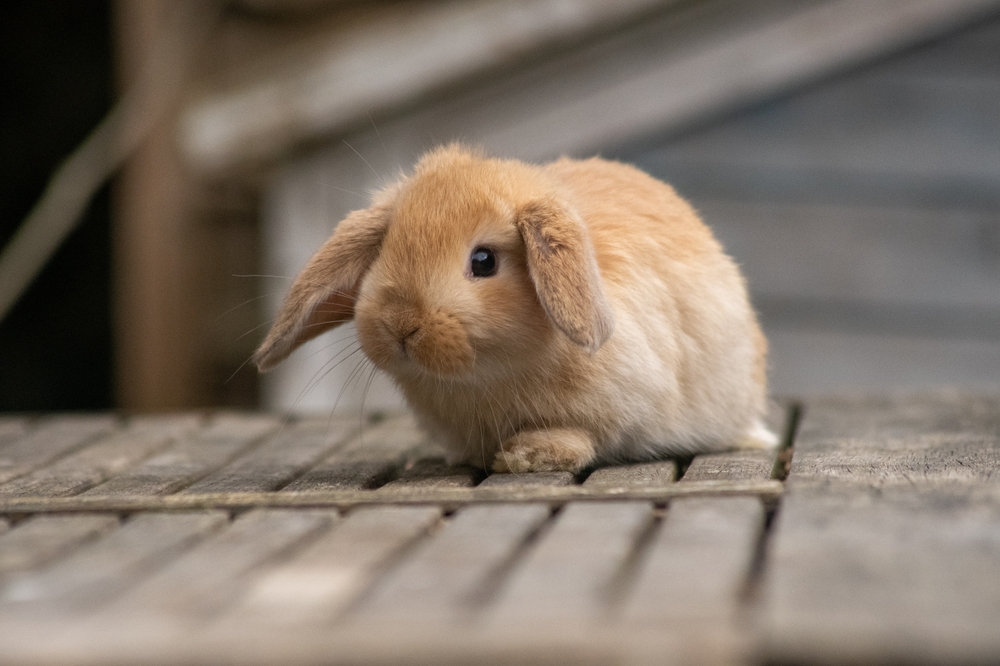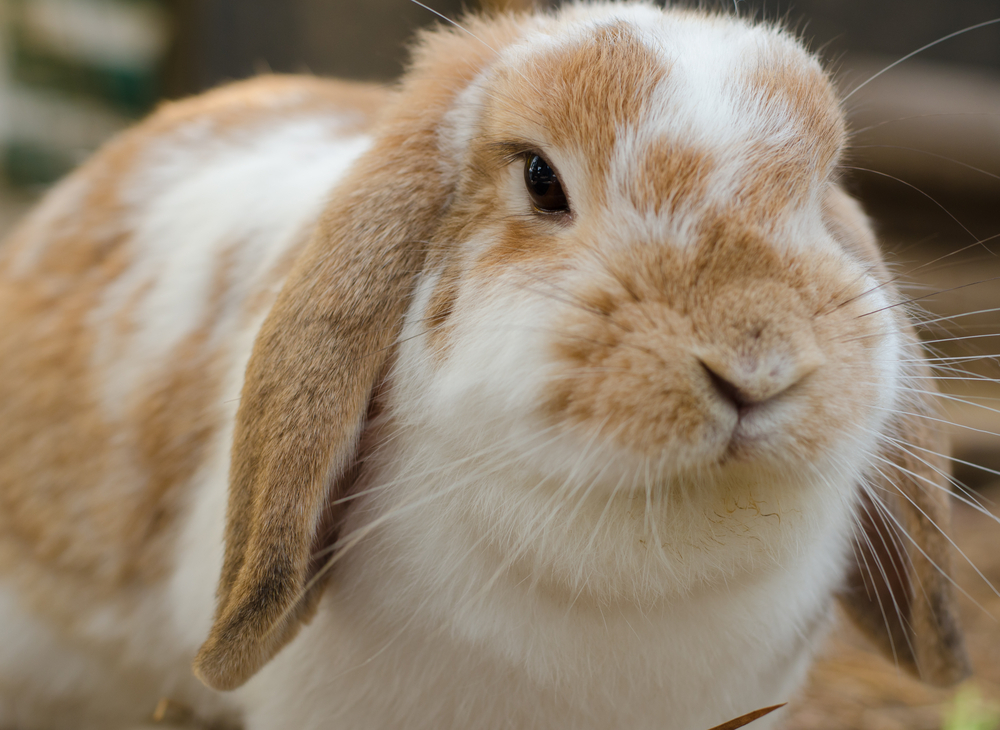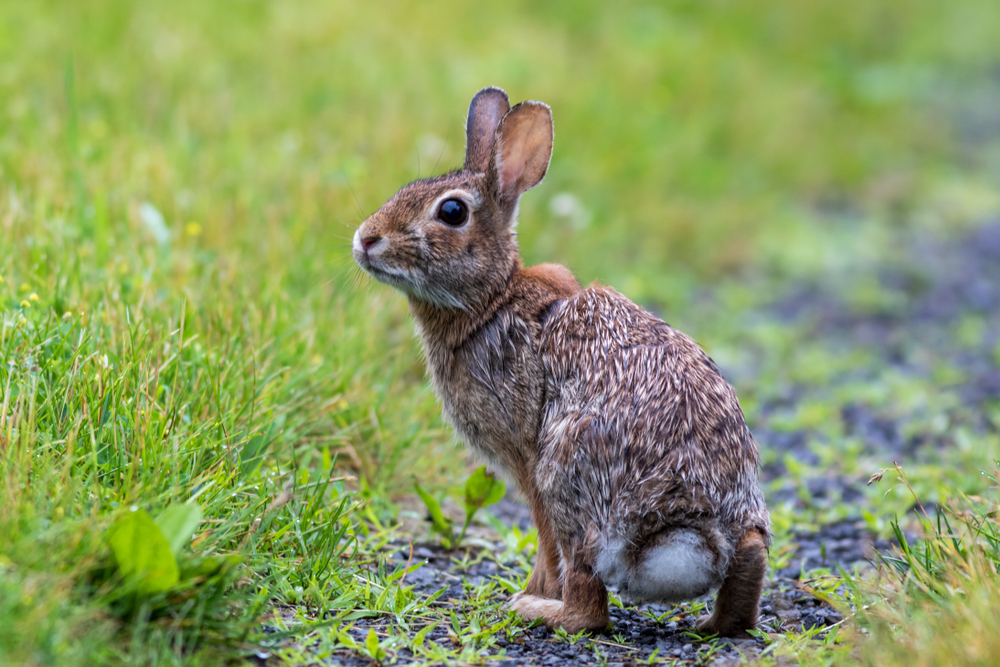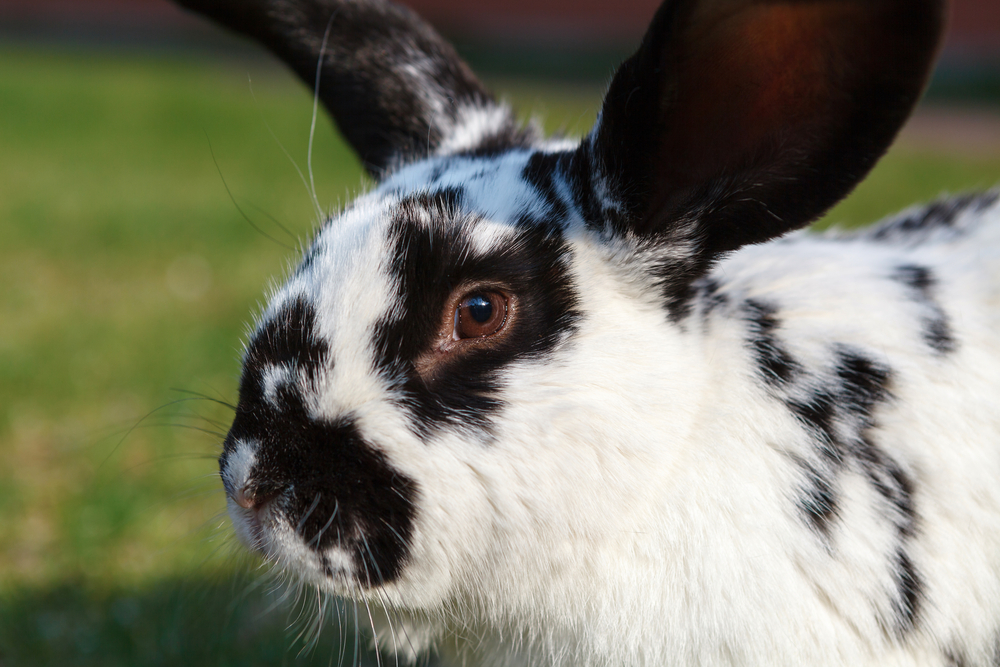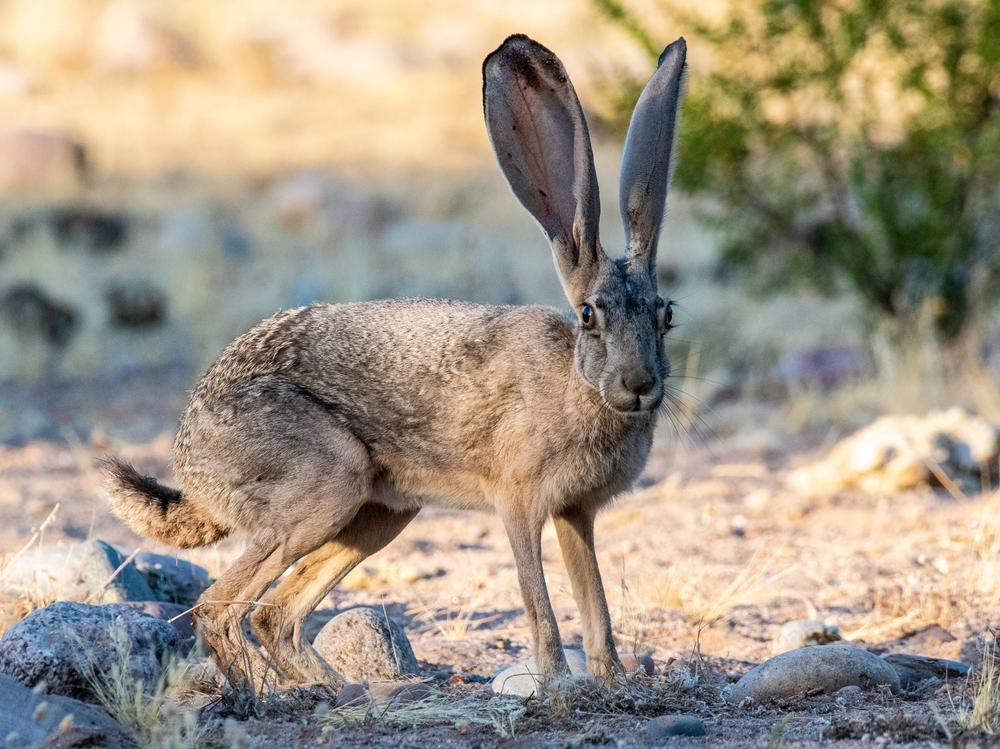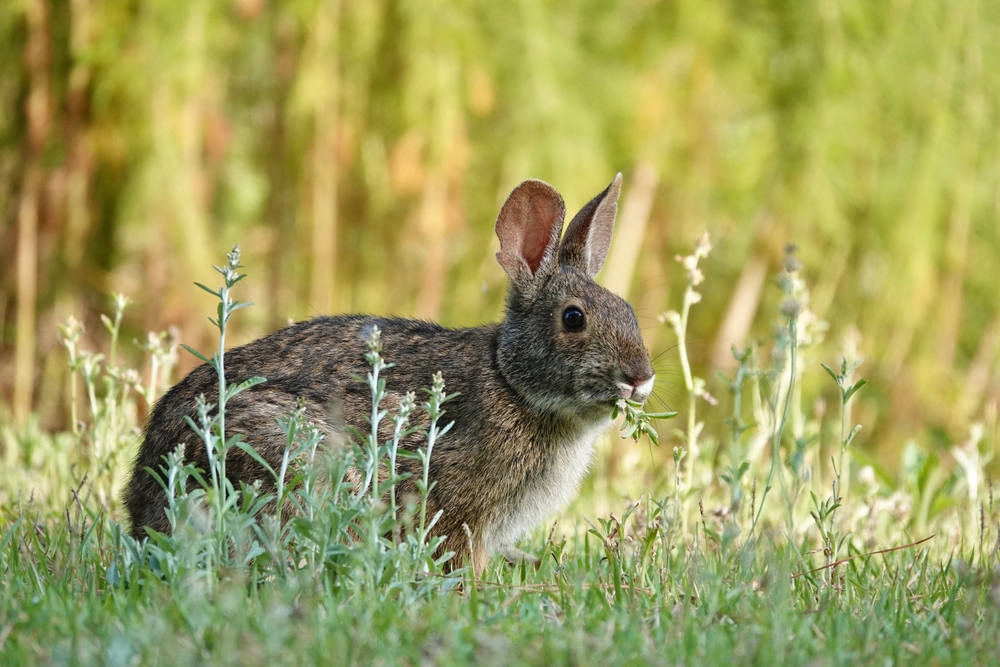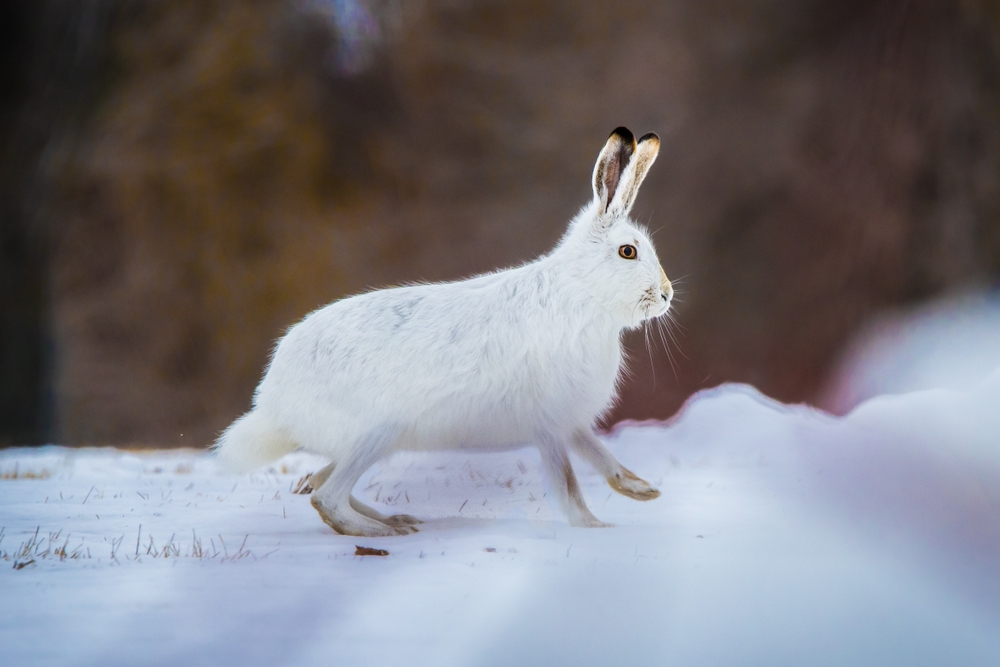Uniqueness
The Mini Lop is a charming and beloved domestic rabbit breed known for its affectionate personality, compact build, and distinctive appearance. Its unique traits have made it a favorite among pet owners and show breeders alike. Below is a summary of what makes the Mini Lop unique, following the AK Uniqueness format:
Compact Powerhouse:
Despite its small size, the Mini Lop has a dense, muscular body with a surprisingly solid weight. Its compact “basketball-like” frame and balanced proportions give it a striking, cuddly presence.
Signature Lopped Ears:
The hallmark of the breed is its long, thick, lopped ears that hang down beside the face. These ears not only enhance its adorable appearance but also contribute to the calm and laid-back impression the Mini Lop is known for.
Sweet Disposition:
Mini Lops are celebrated for their gentle, playful, and affectionate temperament. They are social animals that bond closely with humans and other rabbits, making them ideal family pets. Their demeanor is often described as both lively and loving.
Color Variety:
Mini Lops come in an extensive range of colors and patterns, including both solid and broken (spotted) varieties. This diversity adds to their appeal in both show circuits and as personal companions.
Highly Adaptable:
Whether living in an apartment or a spacious home, Mini Lops adapt well to various living environments. Their moderate size and sociable nature make them easier to handle and train than many other rabbit breeds.
Show Ring Favorite:
Officially recognized by the American Rabbit Breeders Association (ARBA) in 1980, the Mini Lop quickly became a popular breed in competitive shows due to its ideal size, dense build, and charming look.
Family-Friendly Companion:
Their combination of manageable size, cuddly appearance, and calm personality makes Mini Lops especially well-suited for households with children, seniors, or first-time rabbit owners.
Mini Lops stand out for their unique blend of sturdiness and sweetness. With their endearing look, wide color palette, and affectionate nature, they embody the perfect balance of beauty, temperament, and versatility in a domestic rabbit breed.



































































